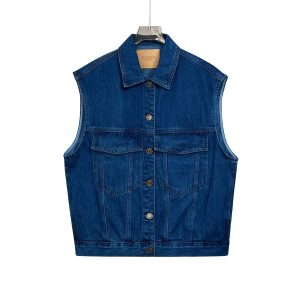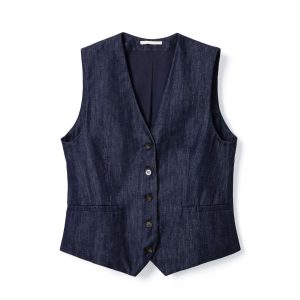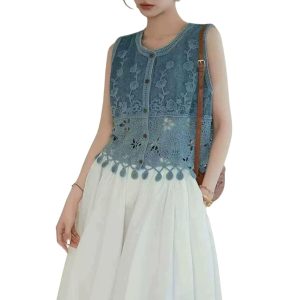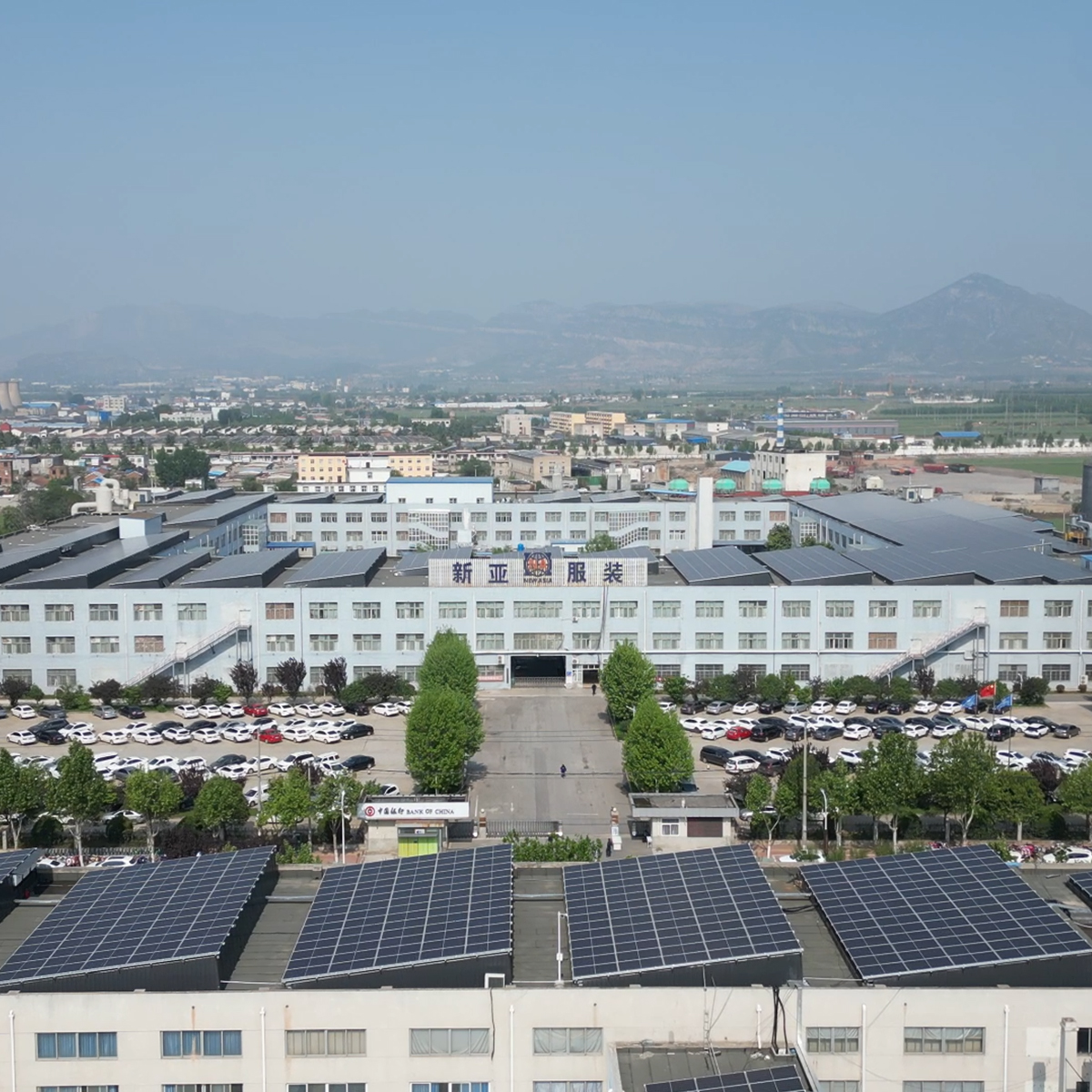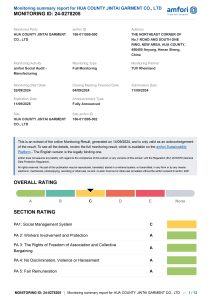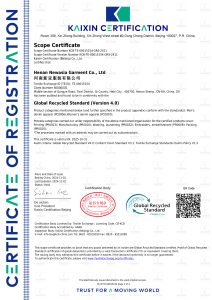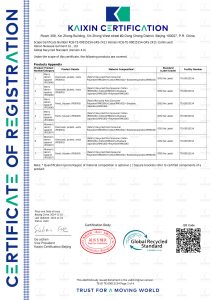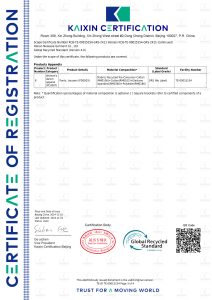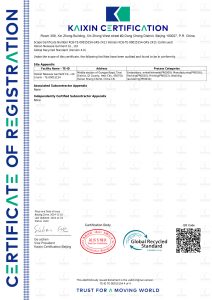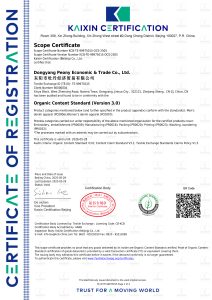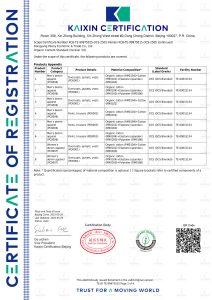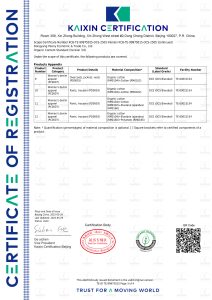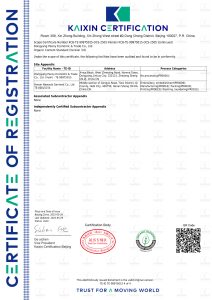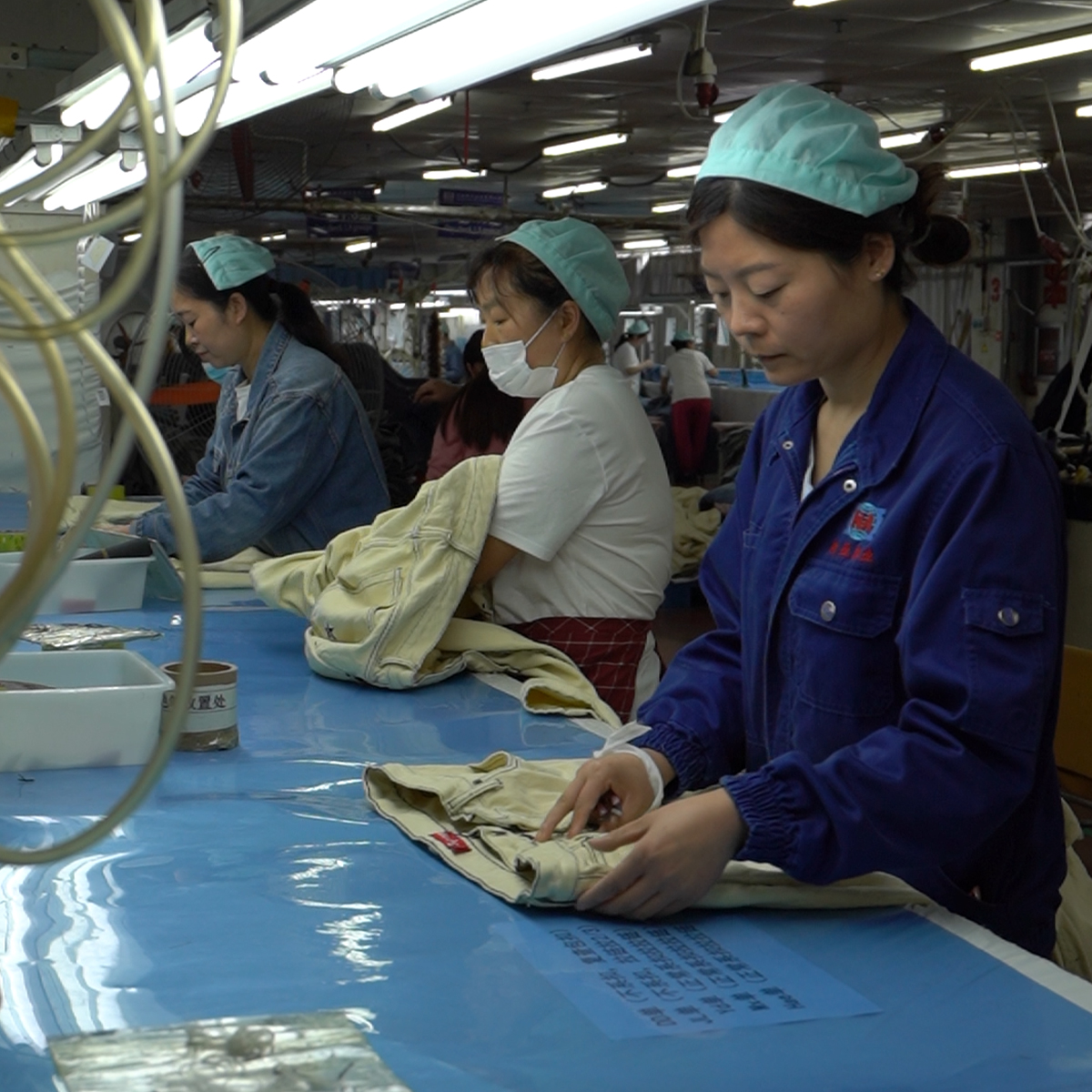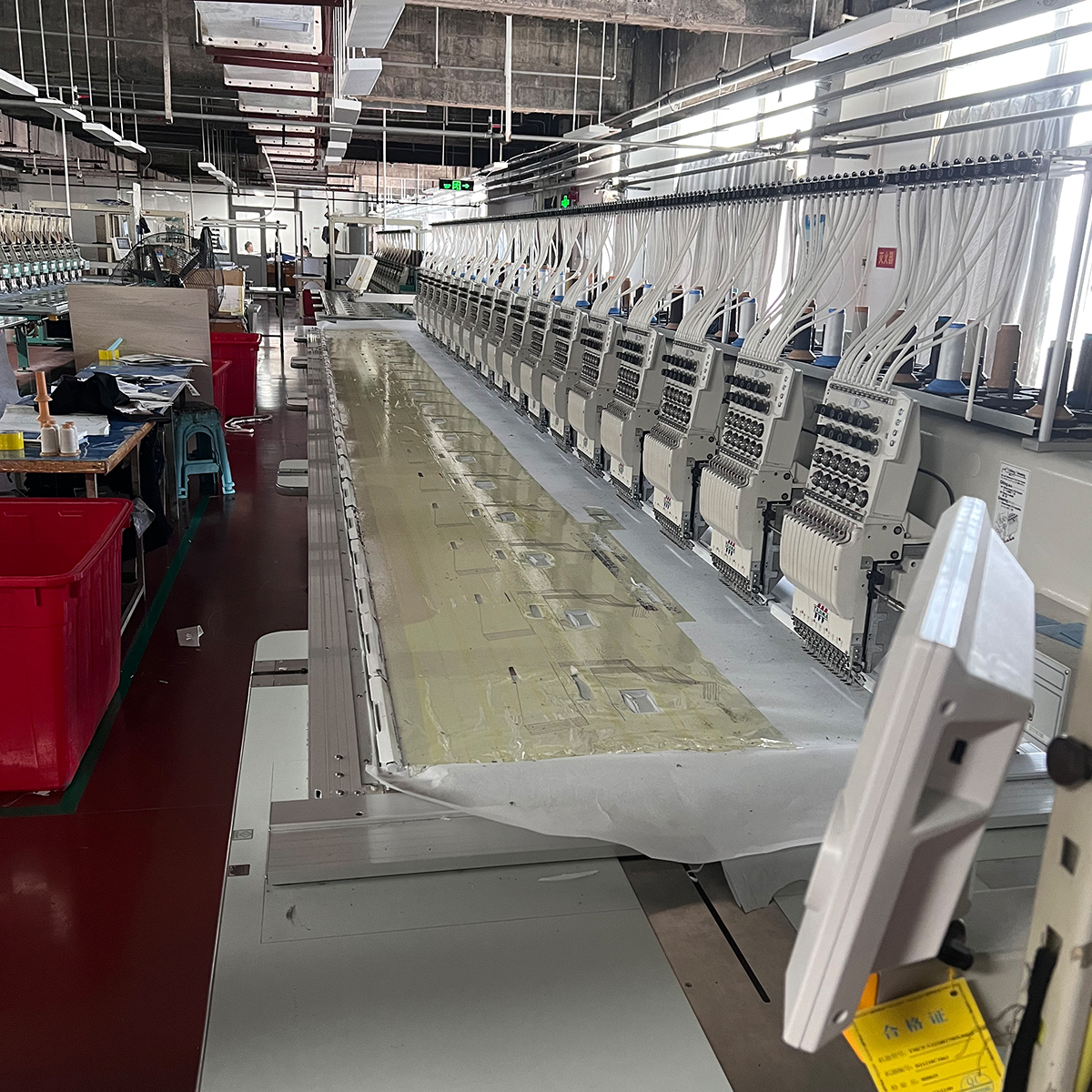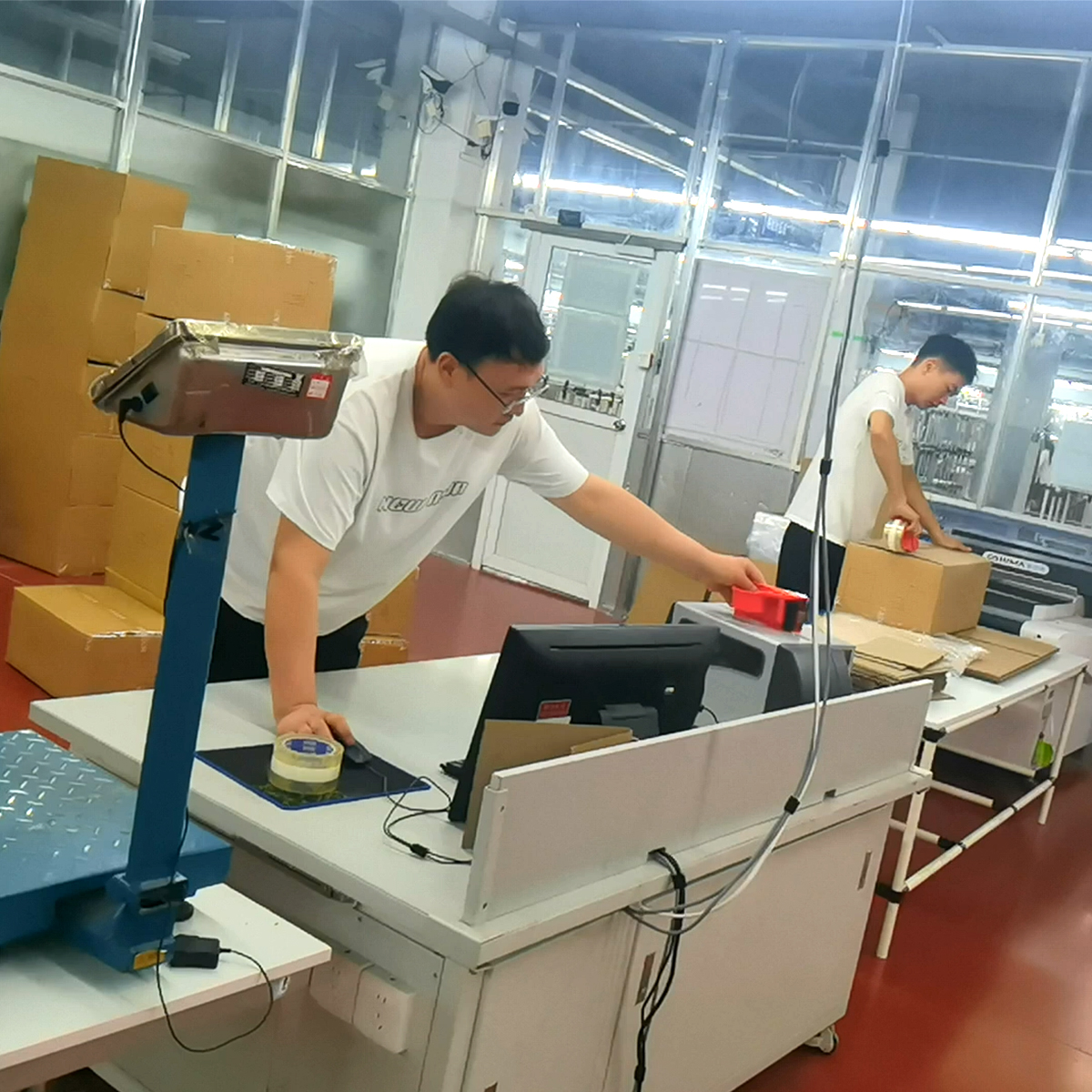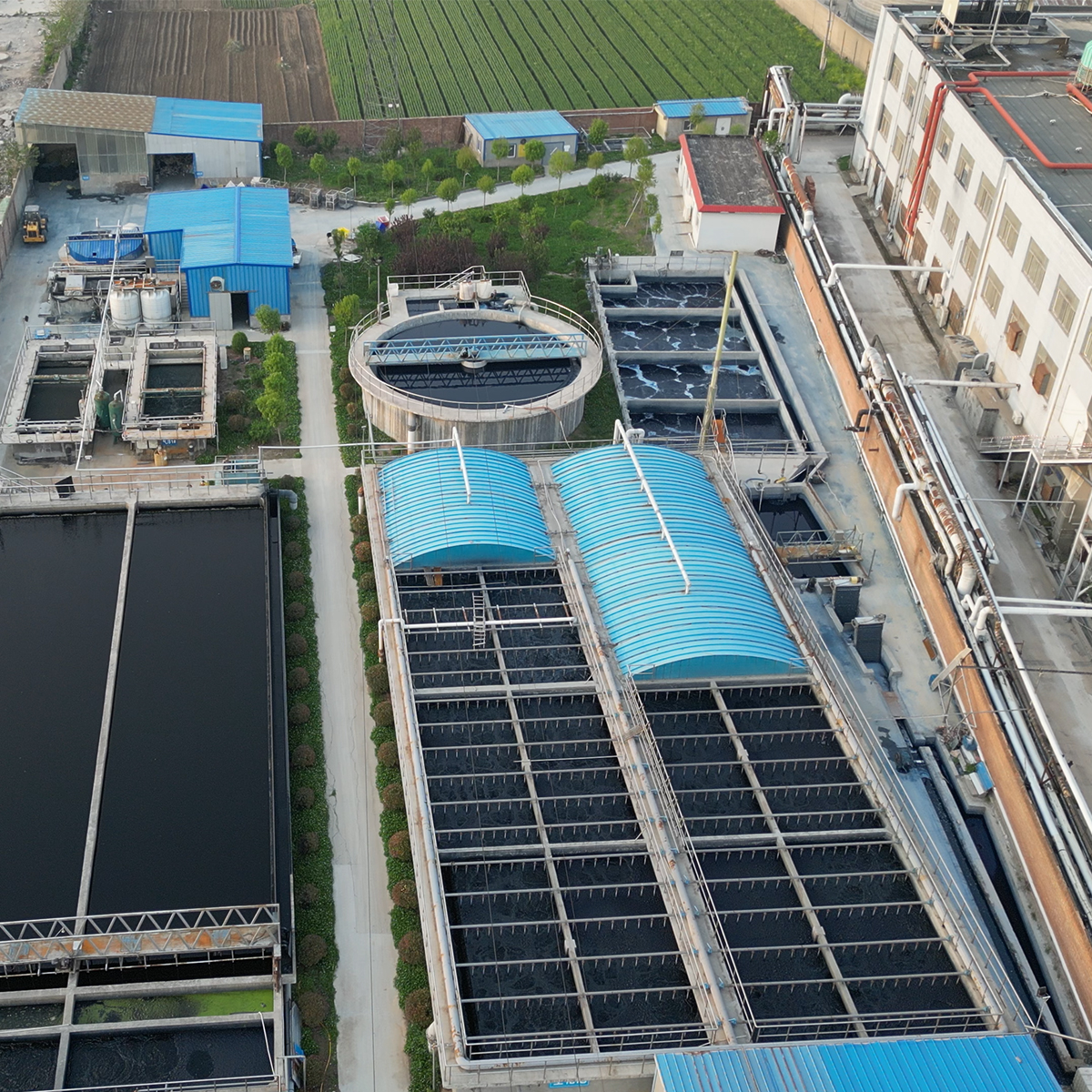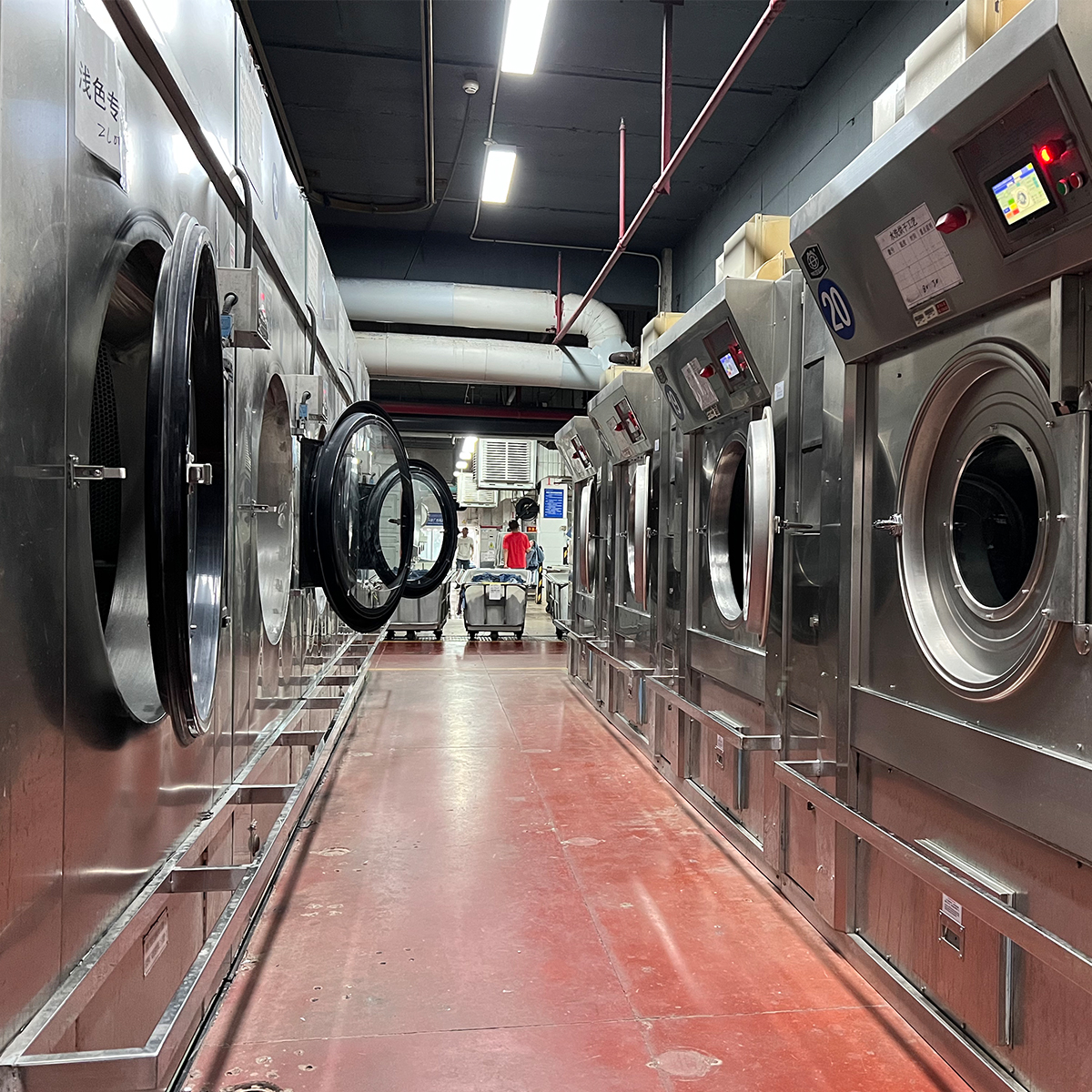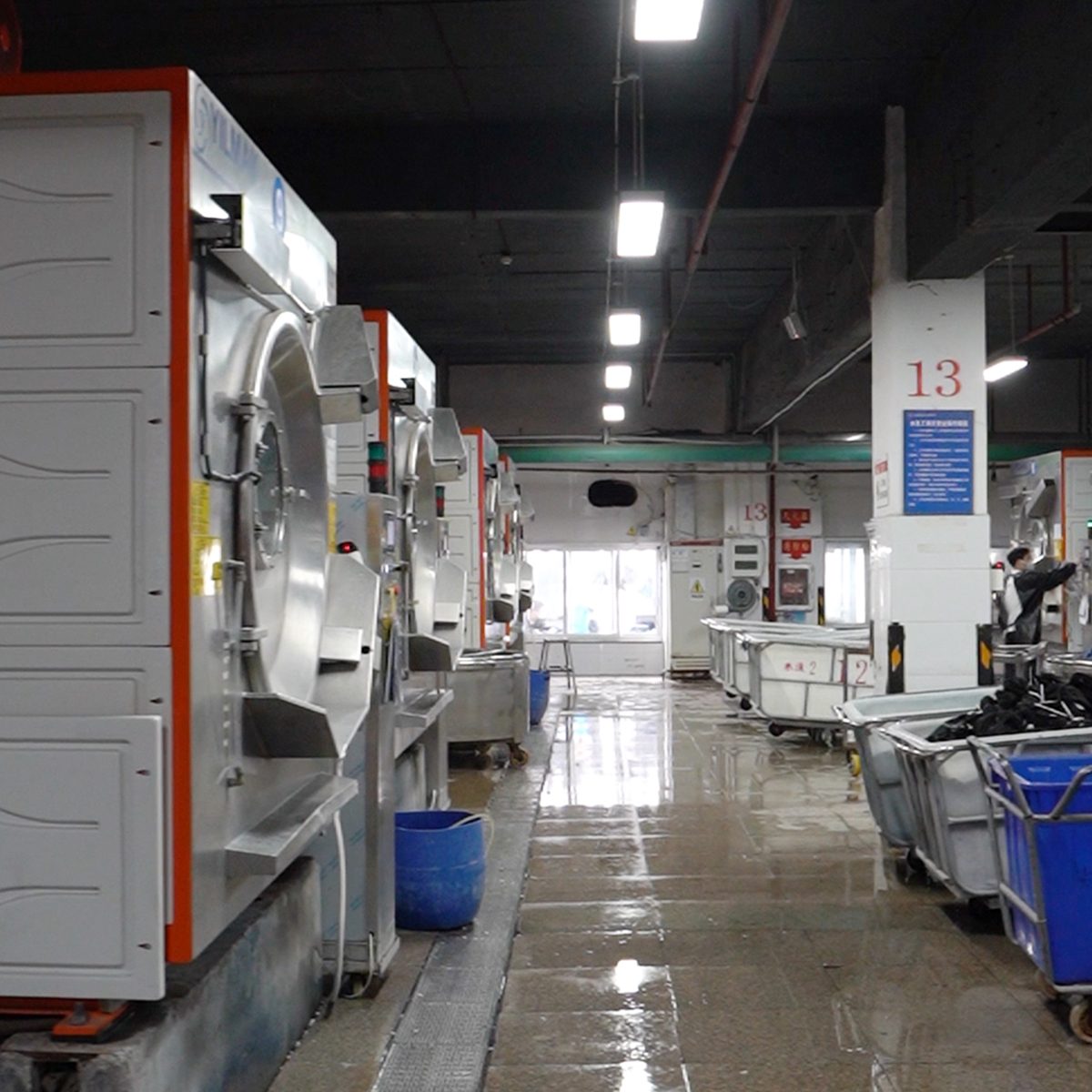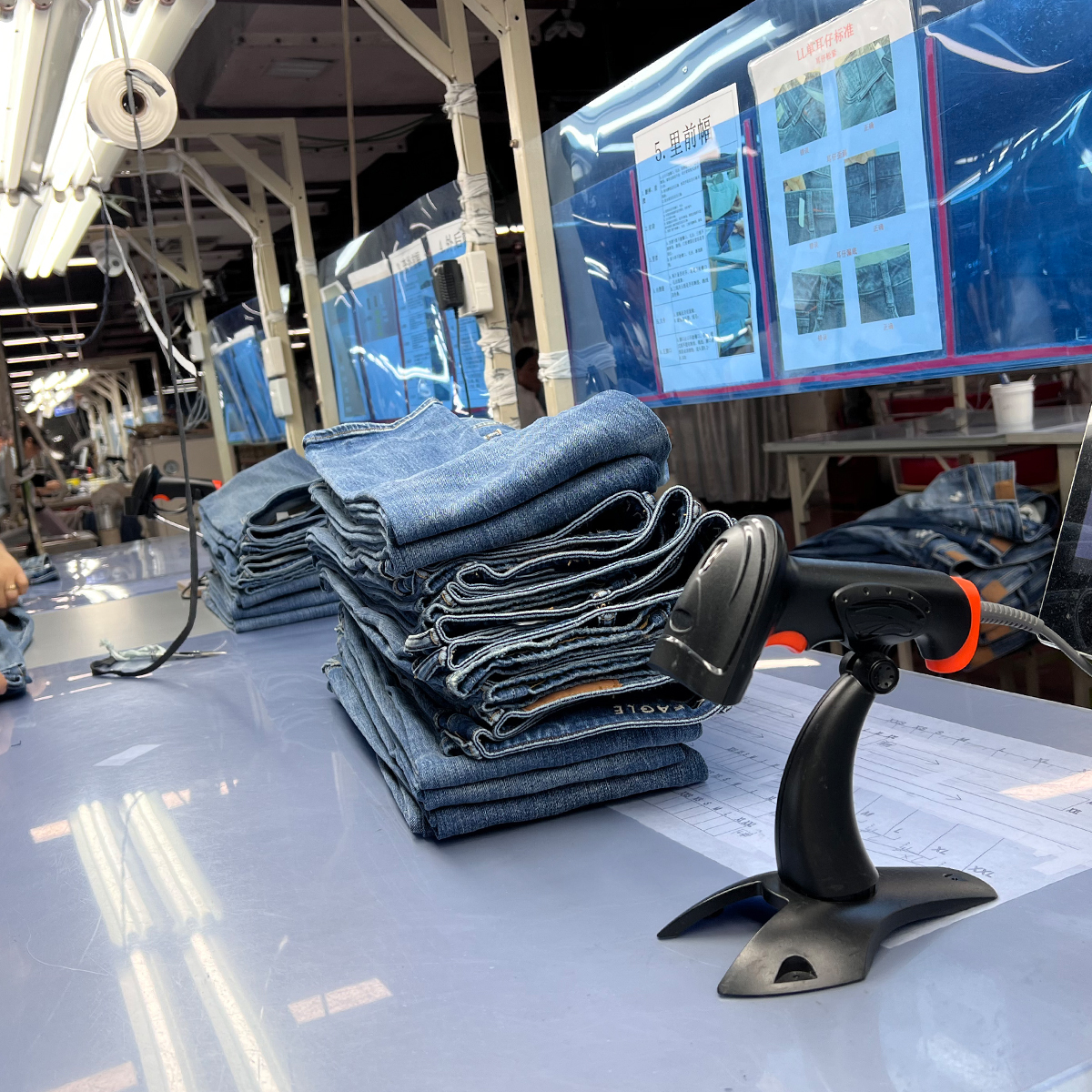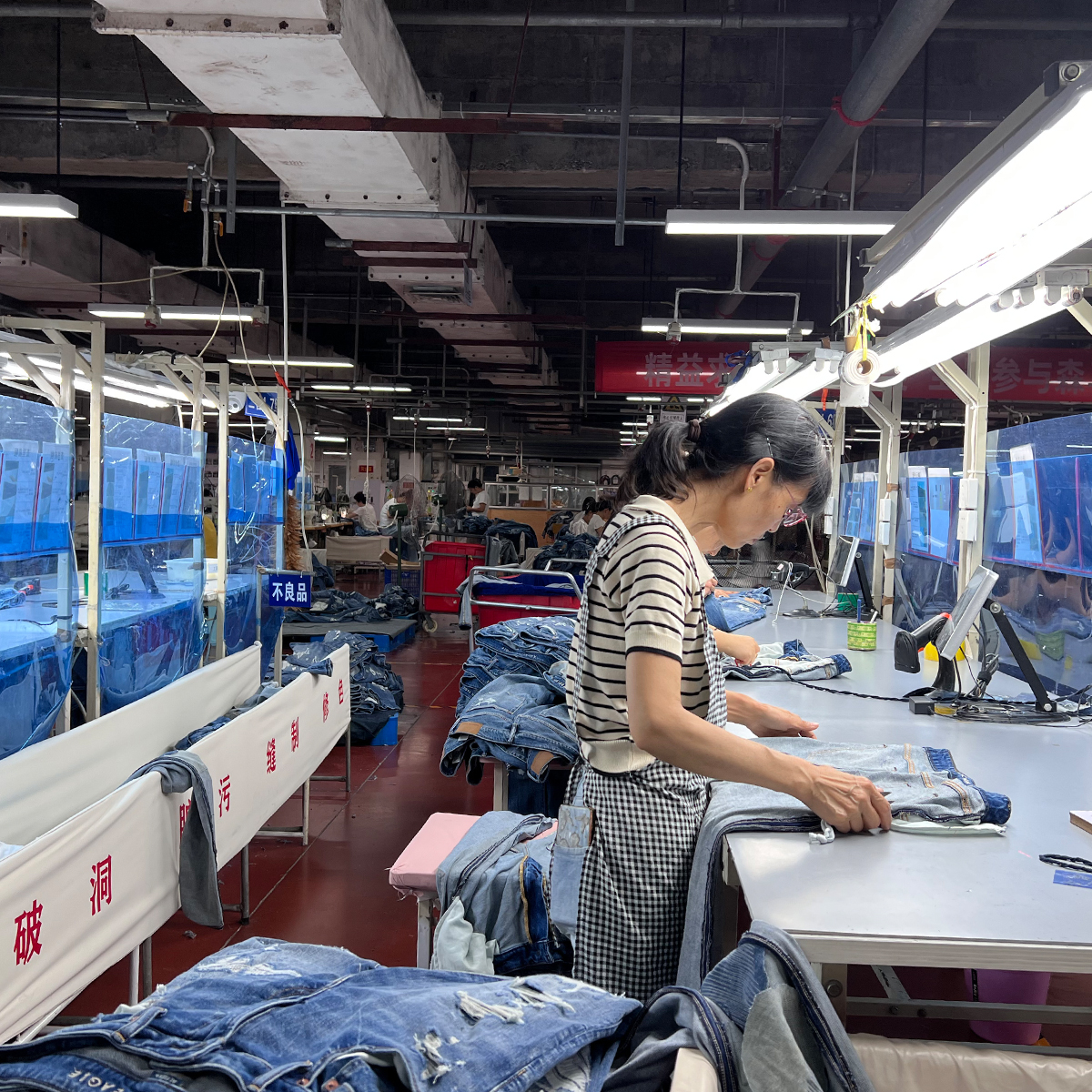Denim has come a long way since its inception, evolving not just in style but also in the techniques used in its manufacturing. Among the various trends that have captivated fashion enthusiasts, distressed jeans stand out as a perennial favorite. But have you ever wondered how manufacturers achieve that perfectly worn-in, lived-in look? In this article, we will delve into the intriguing world of denim distressing techniques, offering a behind-the-scenes glimpse into how your favorite pair of distressed jeans are made.
The Art of Distressing: A Brief History
Distressed jeans first became popular in the 1970s and 1980s, primarily influenced by the punk rock and grunge scenes. However, the concept of wearing clothing that appears worn or aged dates back much further. Workwear and military uniforms often featured frayed edges and faded colors as a result of regular use. Today, fashion manufacturers have embraced these aesthetics, employing various methods to create the look and feel of comfortably aged denim.
Understanding the Different Distressing Techniques
Manufacturers employ a range of techniques to achieve the distressed look. Here are some of the most common methods:
1. Sandblasting
Sandblasting is a popular method where high-pressure sand is blasted onto the surface of the denim. This process effectively removes the top layer of fabric, creating fade patterns and a softer texture. While this technique can produce striking results, it’s important to note that it has come under scrutiny due to health concerns for workers. Many manufacturers are now opting for safer alternatives.
2. Stone Washing
This technique involves washing denim with stones—typically pumice—during the washing process. The stones help to soften the fabric, creating a faded look while also producing a distressed finish. This method is more environmentally friendly than sandblasting and has been widely adopted in the denim industry.
3. Chemical Treatments
Chemical treatments are another effective way to distress denim. Manufacturers might use various chemicals, such as potassium permanganate, to achieve a faded effect. These chemicals help in modifying the fabric’s color and texture, providing a different dimensionality to the denim.
4. Whiskering
Whiskering refers to the fine lines that appear on the front of jeans, typically near the pockets and the crotch area. This effect is created through a combination of washing techniques and manual processes that help loosen the threads, creating subtle fade marks. Whiskering adds a level of character and formality to the distressed look.
5. Ripping and fraying
Perhaps the most recognizable aspect of distressed jeans is the intentional ripping and fraying. Manufacturers often use a combination of knives, razors, and sandpaper to create holes and frayed edges. This process is meticulous, requiring a keen eye for placement to achieve a balanced aesthetic that appears naturally worn.
The Role of Technology in Distressing Jeans
With advancements in technology, the traditional methods of distressing denim are evolving. Computer-controlled machines can now replicate distressing effects with precision, allowing for greater consistency and reducing waste. Furthermore, laser technology has made it possible to engrave patterns and textures onto the denim surface, creating unique designs without harming the fabric.
Digital Distressing
Digital distressing combines software design with manufacturing techniques. Designers create distress patterns digitally, and these designs are then applied directly to the fabric using laser cutting or printing. This approach minimizes labor costs and maintains a high degree of accuracy while allowing for endless customization possibilities.
Sustainability in Denim Distressing
As consumers grow increasingly conscious about environmental responsibility, the denim industry is adapting to minimize its ecological footprint. Sustainable distressing methods are being developed to reduce water consumption, chemical usage, and overall waste. By utilizing techniques such as ozone washing and environmentally friendly chemicals, brands are creating distressed jeans that are kinder to the planet.
Eco-friendly Materials
In addition to sustainable distressing methods, many manufacturers are also exploring the use of organic cotton and recycled materials in their denim production. These initiatives not only help reduce the carbon footprint but also help to create a more responsible fashion ecosystem. As brands adopt these practices, the future of distressed denim looks both stylish and sustainable.
Consumer Trends and Market Demand
The popularity of distressed jeans is a testament to evolving fashion trends. Once relegated to casual wear, distressed denim has skyrocketed into high fashion, appearing on runways and red carpets alike. Today, brands are incorporating more variations, such as acid wash, bleached and custom-painted distressed jeans, appealing to a broader audience.
Customizable Denim
Another trend gaining momentum is the rise of customizable denim. Brands are offering customers the option to select their preferred distressing techniques, patterns, and styles, making each piece uniquely theirs. This bespoke approach not only fosters a deeper connection with the product but also aligns with the growing demand for individuality in fashion.
The Future of Distressed Denim
In conclusion, the world of distressed denim is complex and ever-evolving. Manufacturers continue to innovate and adapt to changing consumer demands, incorporating new techniques and materials while striving for sustainability. As fashion continues to pivot toward responsible production, the methods used to distress jeans will also evolve. Whether you prefer the rugged charm of classic distressed jeans or the innovative flair of modern styles, one thing is certain: distressed denim is here to stay, shaping the world of fashion for years to come.
So, the next time you slip on your favorite pair of distressed jeans, remember the multitude of processes that went into creating that stylish, well-worn look. The fusion of art, technology, and sustainability in denim manufacturing ensures that this beloved fashion staple continues to thrive and evolve.



